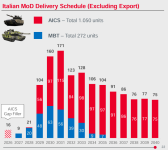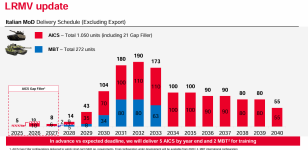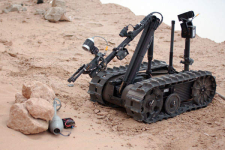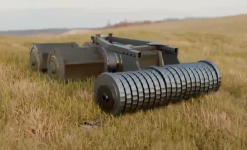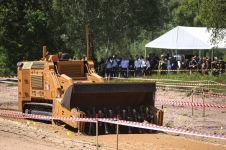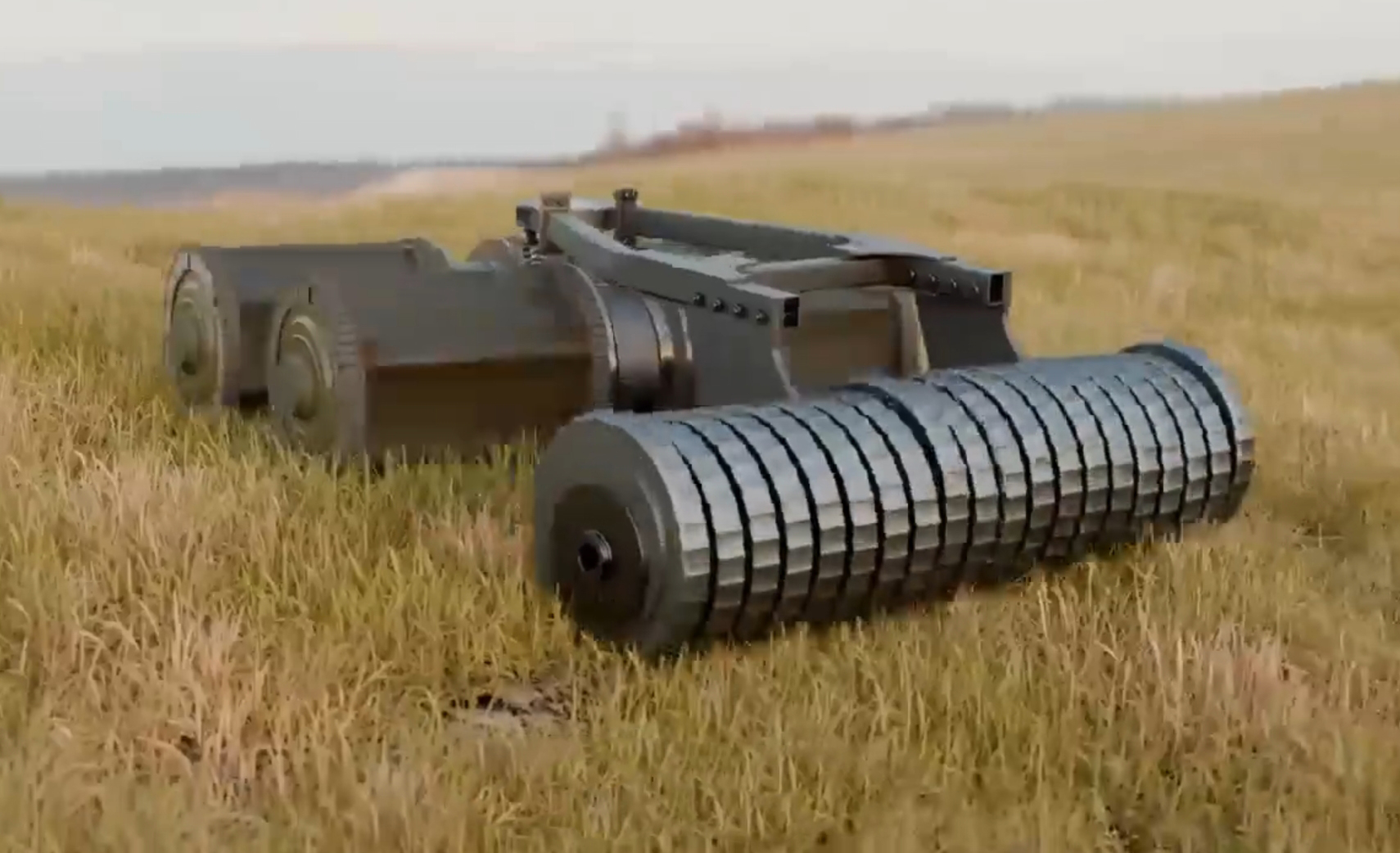I love that logic and it ill work well for them. The IFV and other variants will also have room to grow.Here's a thought provoking post from the Facebook "Battle Machines" forum.
Here's the Type 16 MCV

It then became the basis of four variants by way of the Common Tactical Wheeled Vehicle program which included an APC (including ambulance), a recce and surveillance vehicle, a mortar carrier and, of course, the Type 24 wheeled IFV.

We've been playing the process wrong the whole time. First the US failed to produce a decent MGS on the Stryker chassis and now we're contemplating loading a 155mm L52 RCH on a LAV 6 or 10X10.
I'm certainly not advocating for adoptions of the Type 16, but do think that when designing a common vehicle fleet, starting with the heaviest need and then subtracting elements, variant-by-variant, is a sound design process. A lesson for the next generation (maybe of a tracked fleet).

However I imagine The bean counters view will say those other variants will be a waste of money because they are overbuilt.
I.E. If you are buying 1000 units of witch 100 are the heavier version than 900 are overbuilt. An accountant will have you build to the 900 and have the 100 make compromises on capability to make them "work". Also don't build with room to grow because what if you never need the room, Then it's a waste of money. Build for today.


